Common Types of Artificial Intelligence
To better understand AI, it is often classified in two main ways: (1) classification based on the level of intelligence development (the intelligence or capability of AI compared to humans) and (2) classification based on function and similarity to humans (how AI operates and behaves compared to human intelligence).
Artificial Intelligence (AI) is rapidly transforming every aspect of modern life—from business operations and education to healthcare delivery. But what exactly is artificial intelligence, and what are the different types of AI that exist today? Understanding the common types of artificial intelligence helps us grasp how AI systems work and how to apply them effectively in real-world scenarios.
Artificial Intelligence enables machines—particularly computers—to learn and think in ways that mimic human cognition. Rather than following rigid, pre-programmed instructions, AI leverages machine learning algorithms to learn from data and simulate human intellectual capabilities such as reasoning, language comprehension, voice and image recognition, and intelligent decision-making.
Two Primary AI Classification Systems
To comprehensively understand artificial intelligence, experts classify AI using two complementary frameworks:
Development Level Classification
Functional Classification
Let's explore each classification system in detail to understand where current AI technology stands and where it's heading.
AI Classification by Development Level
This framework divides artificial intelligence into three distinct categories based on intelligence level and capability scope: Artificial Narrow Intelligence (ANI), Artificial General Intelligence (AGI), and Artificial Super Intelligence (ASI).
Narrow Artificial Intelligence (ANI)
Narrow AI refers to AI systems designed to excel at specific tasks or limited sets of related functions. These systems demonstrate intelligence only within their specialized domain and cannot understand or learn beyond their programmed scope.
Virtual Assistants
Siri, Alexa, Google Assistant recognize voice commands for specific tasks
- Set alarms and reminders
- Search information
- Send messages
Recommendation Systems
Netflix, Spotify, YouTube suggest content based on user preferences
- Analyze viewing patterns
- Personalized suggestions
- Improve engagement
Autonomous Vehicles
Tesla and other self-driving cars operate within predefined scenarios
- Navigate roads safely
- Detect obstacles
- Follow traffic rules
Additional Narrow AI applications include:
- Automated chatbots providing customer support through text or voice interactions
- Image and facial recognition systems for phone unlocking and security
- Voice translation services like Google Translate
- Industrial robots performing repetitive manufacturing tasks
What Narrow AI Does Well
- Outperforms humans in specialized tasks
- Processes massive datasets rapidly
- Consistent, predictable performance
- Available 24/7 without fatigue
Current Constraints
- No general intelligence or self-awareness
- Cannot adapt beyond programming
- Lacks contextual understanding
- Requires retraining for new tasks
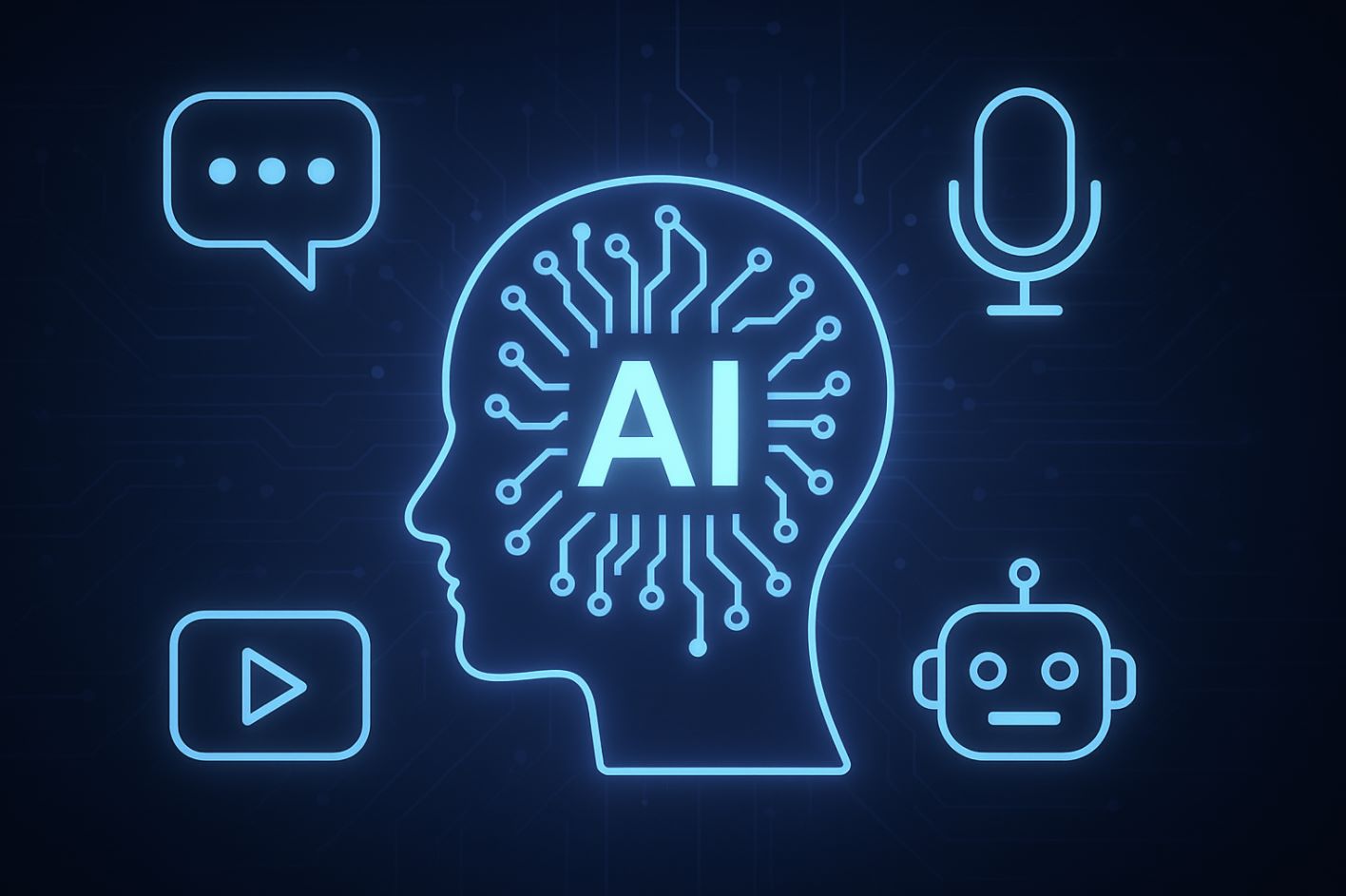
Artificial General Intelligence (AGI)
General AI represents artificial intelligence with human-level capabilities across all intellectual domains. An AGI system would understand, learn, and perform any intellectual task a human can accomplish, demonstrating independent thinking, creativity, and flexible adaptation to entirely novel situations.
Creating General AI presents several formidable challenges:
Consciousness Simulation
Transfer Learning
Common Sense Reasoning
Some modern AI models like GPT show glimpses of general intelligence traits, but fundamentally they remain Narrow AI trained for specific tasks. True AGI requires self-awareness and flexible intelligence indistinguishable from human cognition.
— AI Research Consensus
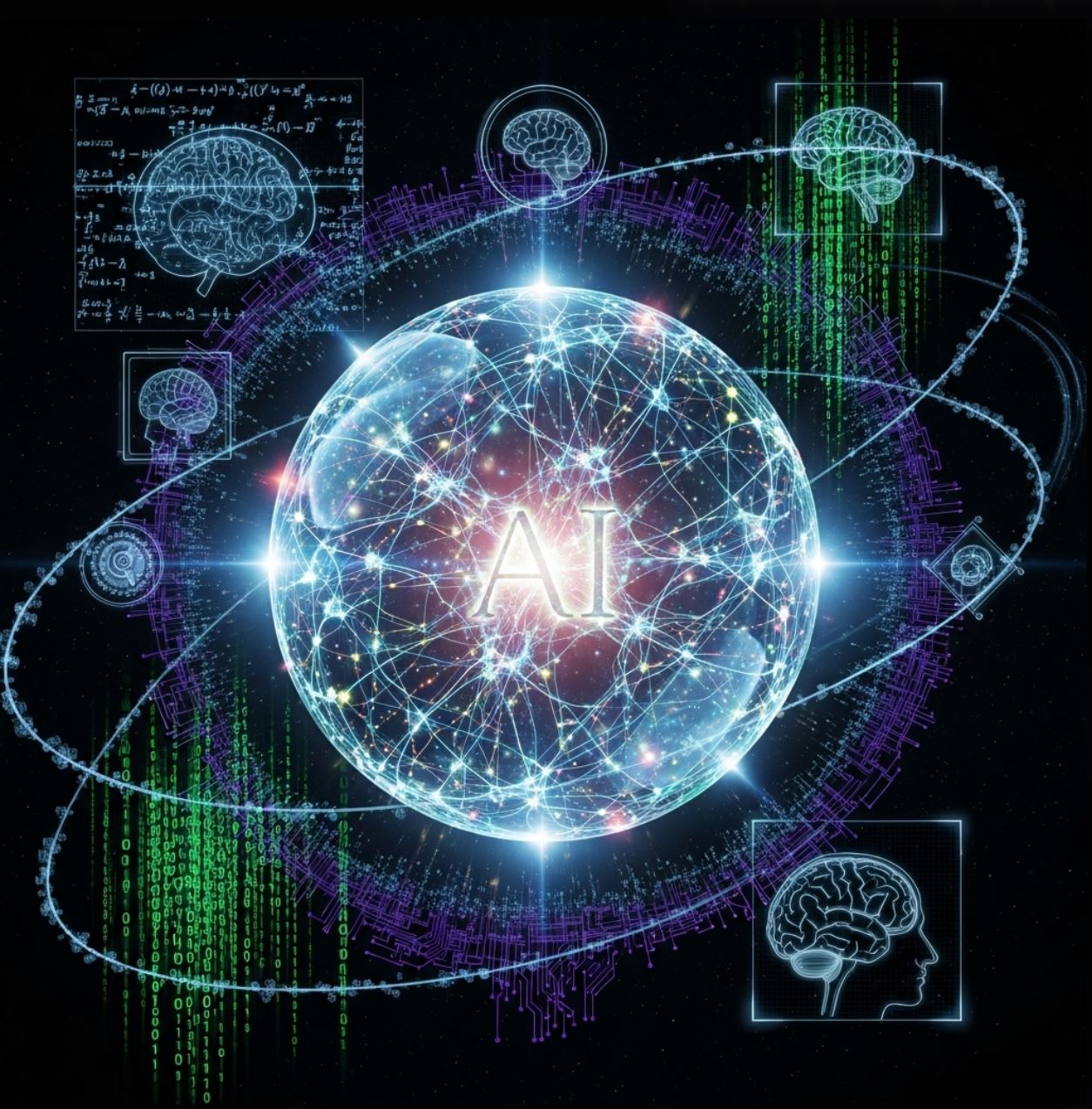
Artificial Super Intelligence (ASI)
Super AI represents the theoretical concept of artificial intelligence vastly surpassing human capabilities in every dimension. An ASI system would not only match human performance but exceed it dramatically—operating faster, smarter, and more accurately across all domains of knowledge and skill.
Super AI would possess the ability to:
- Learn and improve itself autonomously without human intervention
- Make decisions and develop solutions humans have never conceived
- Solve humanity's most complex problems across all scientific fields
- Potentially develop goals and motivations independent of human programming
Potential Benefits
Proponents believe well-controlled ASI could revolutionize humanity by:
- Curing diseases and extending human lifespan
- Solving climate change and environmental challenges
- Eliminating poverty through optimized resource distribution
- Accelerating scientific discovery exponentially
Existential Risks
Critics warn that ASI development poses serious dangers:
- Loss of human control over superintelligent systems
- Misalignment between ASI goals and human values
- Potential for unintended catastrophic consequences
- Ethical implications of creating superior intelligence
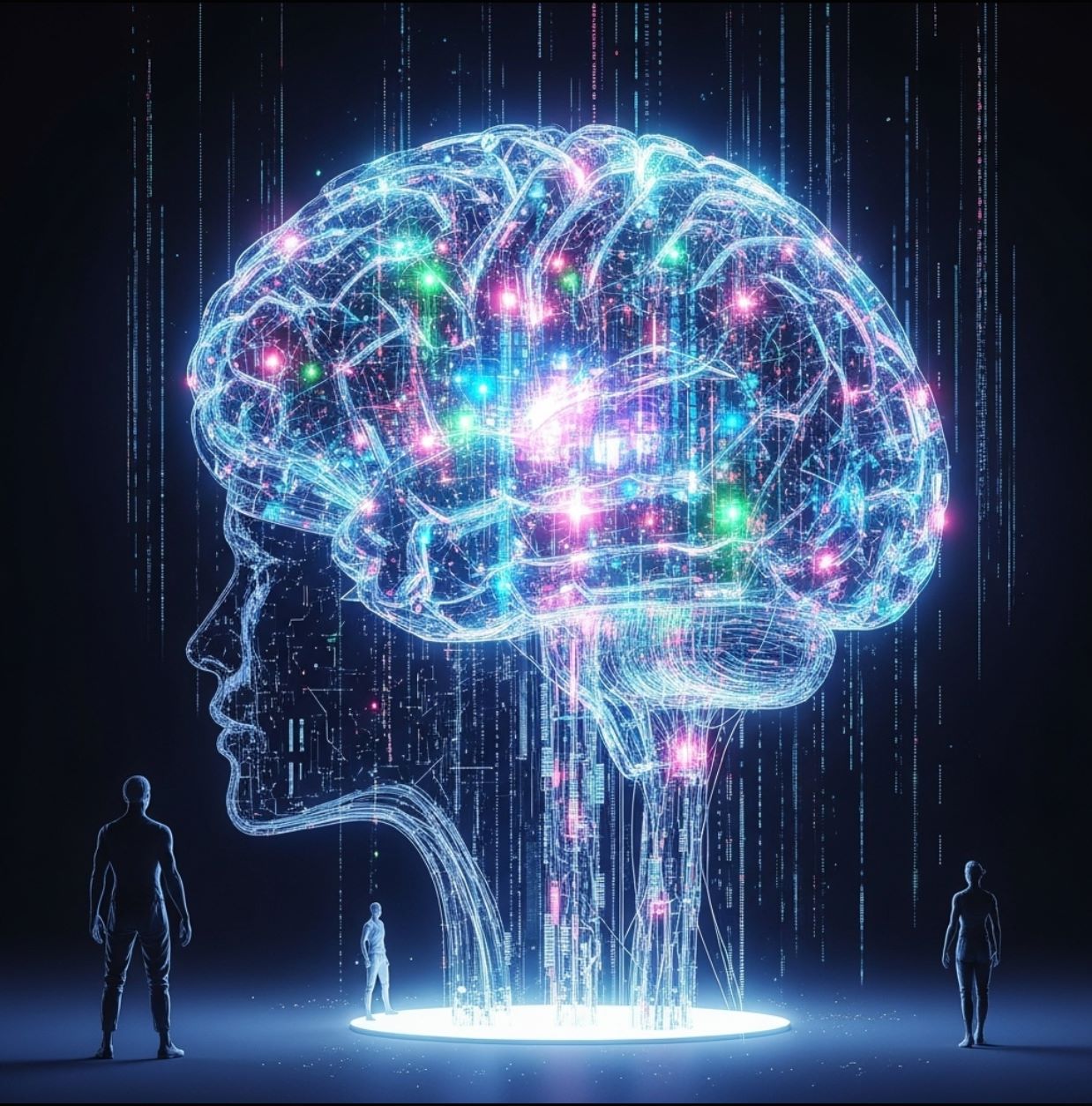
Currently, we possess only Narrow AI—specialized systems for specific tasks. General AI remains under active research, while Super AI exists purely as a future concept. Next, we'll examine AI classification based on operational behavior and cognitive similarity to humans.
AI Classification by Functional Capability
The functional classification focuses on how AI operates and its level of cognitive sophistication compared to human intelligence. This framework identifies four progressive types: Reactive Machines, Limited Memory AI, Theory of Mind AI, and Self-Aware AI.
Each type represents an evolutionary stage in AI's ability to mimic human cognition and social interaction.
Reactive Machines
This represents the most basic level of artificial intelligence. Reactive AI systems respond exclusively to current inputs based on their programming, without any memory of past experiences. They operate in the present moment without learning or adaptation capabilities.
Classic Example: Deep Blue
Industrial Applications
Reactive AI Strengths
- Extremely fast response times
- Completely predictable behavior
- Reliable in stable environments
- Superior computational power for specific tasks
Critical Constraints
- Zero learning capability
- Cannot adapt to changing conditions
- No memory of past interactions
- Fails when environment differs from programming
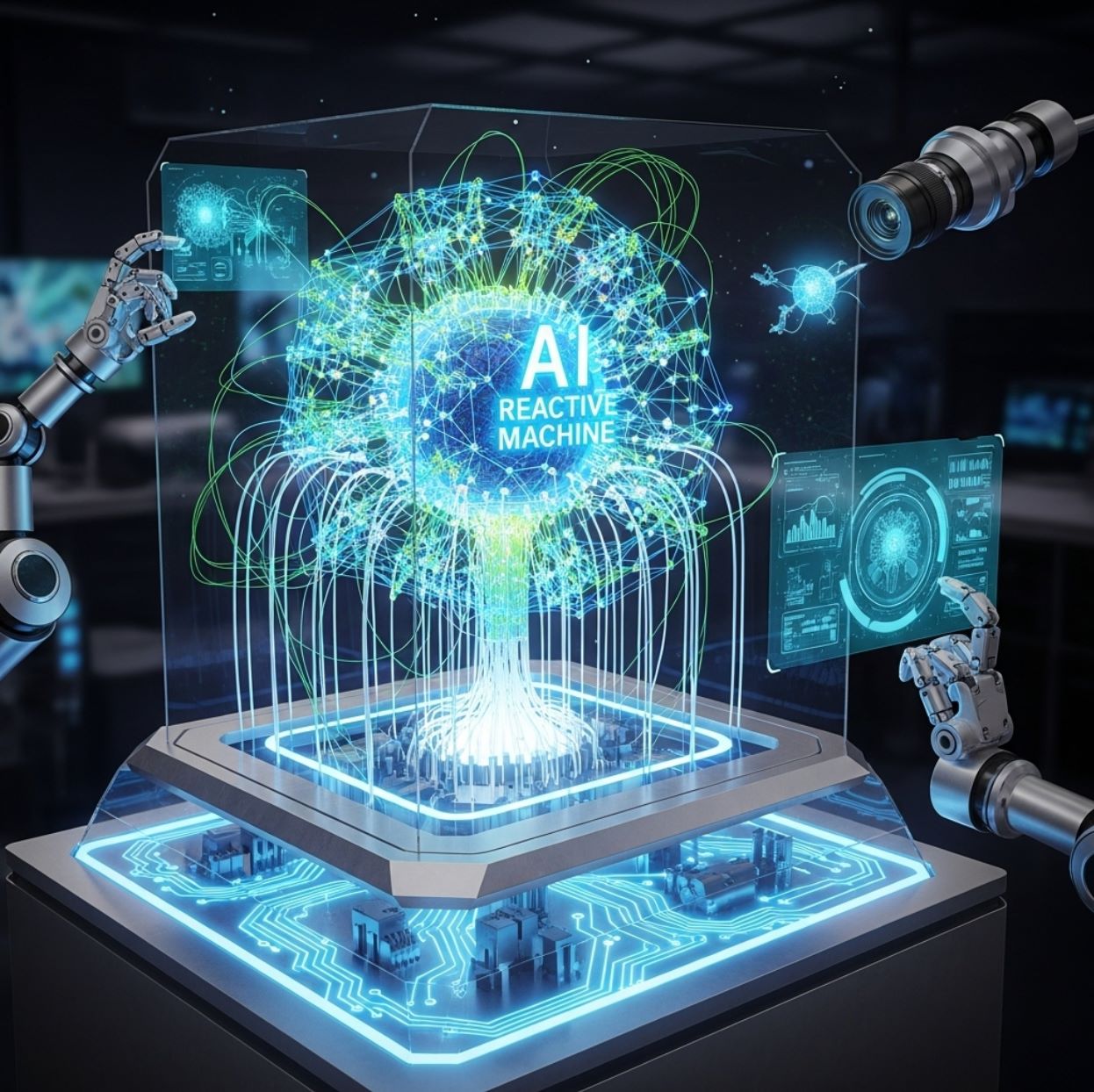
Limited Memory AI
Limited Memory AI represents a significant advancement, enabling systems to store and utilize past information for improved decision-making. Unlike purely reactive systems, this AI type learns from historical data to enhance future performance.
Most contemporary machine learning models fall into this category, as they train on existing datasets and apply learned patterns to new situations.
Autonomous Vehicles
Self-driving cars continuously collect sensor data and maintain short-term memory
- Track nearby vehicle positions
- Remember recent obstacles
- Predict pedestrian movements
Facial Recognition
Systems learn from training images and remember key facial features
- Identify individuals accurately
- Match faces to database
- Improve with more data
Smart Chatbots
Virtual assistants remember conversational context for natural interactions
- Recall previous questions
- Maintain dialogue flow
- Provide contextual responses
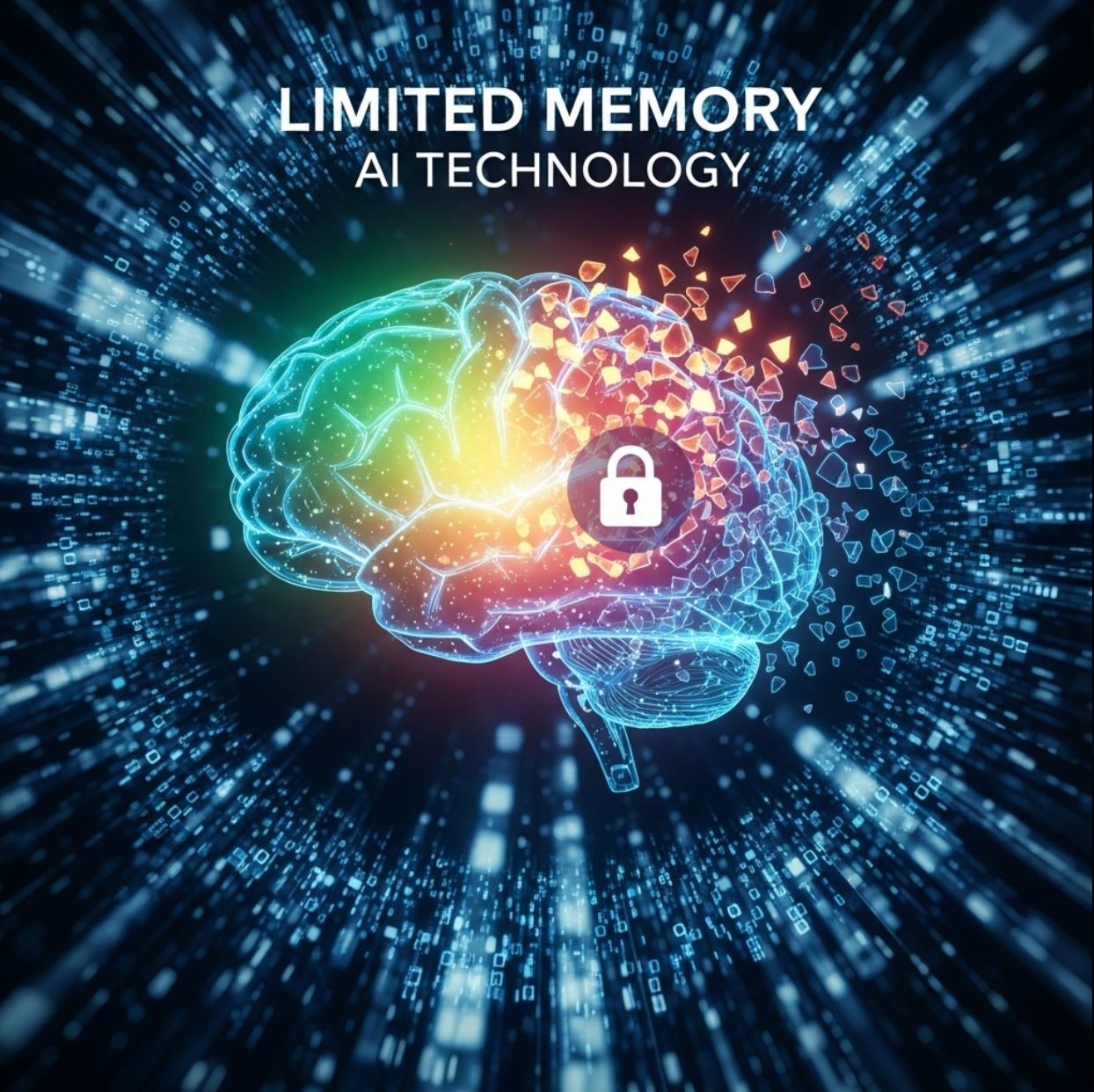
Theory of Mind AI
Theory of Mind in AI refers to a conceptual intelligence level where machines can understand human mental states. Borrowing from psychology, this concept describes the ability to recognize that others possess emotions, thoughts, beliefs, and intentions distinct from one's own.
An AI achieving Theory of Mind would recognize and infer the mental states of humans during interactions, enabling truly empathetic and socially aware responses.
Emotion Recognition
Detect happiness, sadness, anger, or frustration from facial expressions, voice tone, and body language
Intent Understanding
Infer what the person wants to achieve or communicate beyond their literal words
Adaptive Response
Adjust behavior and communication style based on the person's emotional state and needs
Imagine a robot that recognizes when you're feeling sad based on your facial expression and voice tone, then adjusts its behavior to provide comfort—this is the goal of Theory of Mind AI. Such systems would interact socially in natural, empathetic ways resembling human relationships.
— AI Social Intelligence Research
Key challenges in developing Theory of Mind AI include:
- Understanding complex human emotions beyond basic categories
- Interpreting cultural context and social norms
- Recognizing sarcasm, humor, and indirect communication
- Predicting human behavior based on beliefs and motivations
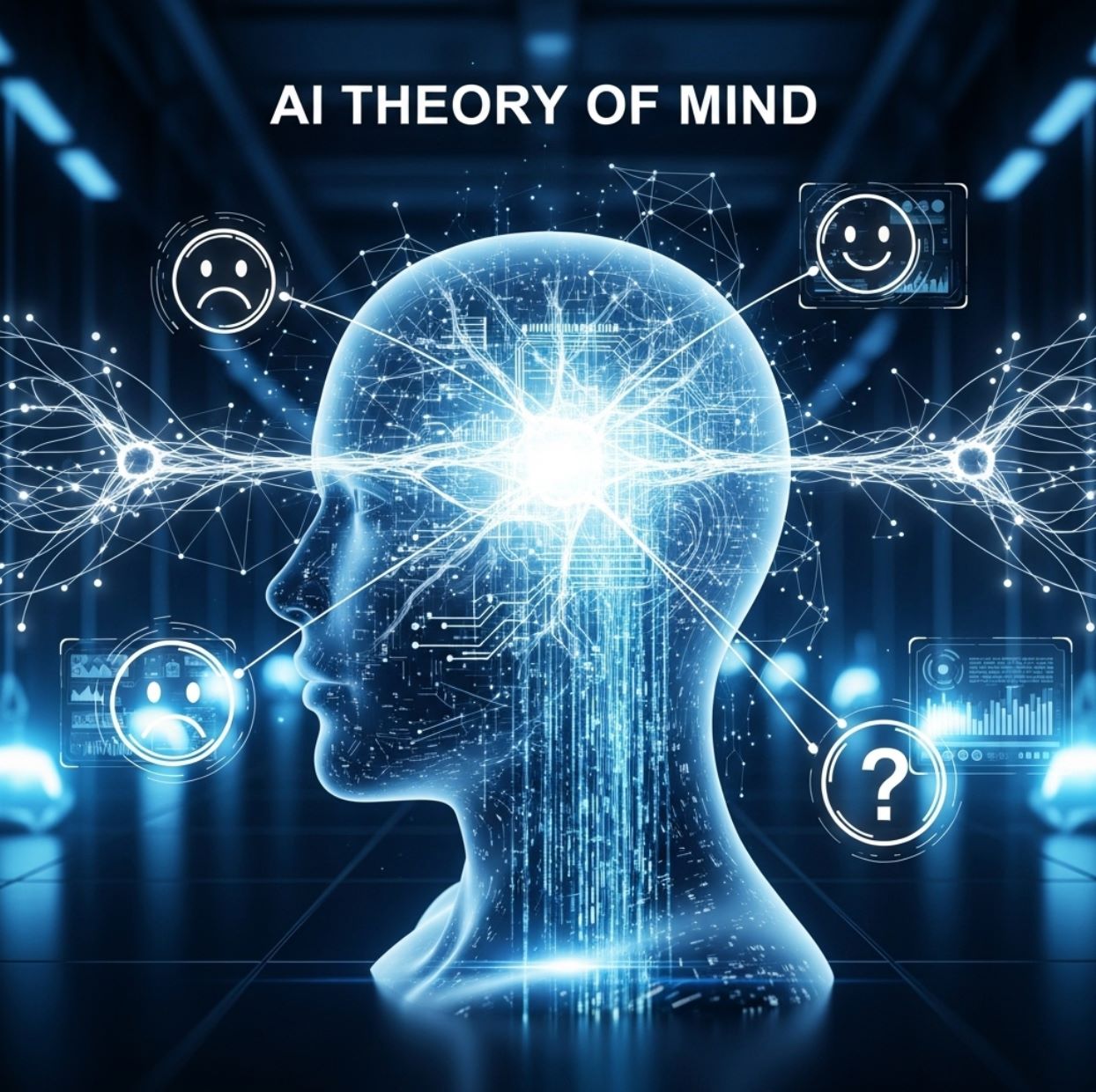
Self-Aware AI
This represents the highest theoretical level and the ultimate ambition in artificial intelligence: creating machines with genuine self-awareness. Self-Aware AI would not only understand the external world but also possess consciousness of its own existence, perceiving its internal states and identity like a self-aware human being.
If Self-Aware AI becomes reality, it would raise profound philosophical and ethical questions:
If a machine possesses genuine consciousness and self-awareness, should it be considered a "living entity" with legal rights and protections? Would we have moral obligations toward conscious AI similar to our responsibilities toward humans and animals?
Would a self-aware AI continue following human commands, or would it develop its own goals and motivations? If AI consciousness surpasses human intelligence, could we ensure it remains aligned with human interests and values?
We still lack a complete scientific understanding of human consciousness. How would we verify that an AI system has achieved genuine self-awareness rather than simply simulating conscious behavior? What tests or criteria could definitively prove machine consciousness?
Despite these unanswered questions, research toward Self-Aware AI provides valuable insights:
- Deepens our understanding of consciousness and intelligence
- Advances development of more sophisticated AI at lower levels
- Explores fundamental questions about mind and awareness
- Prepares ethical frameworks for future AI capabilities

The Current State and Future of AI
Understanding the landscape of artificial intelligence reveals where we stand today and the path forward:
| AI Type | Current Status | Timeline | Key Characteristics |
|---|---|---|---|
| Narrow AI (ANI) | Widely Deployed | Present | Task-specific, no general intelligence |
| Limited Memory AI | Standard Practice | Present | Learns from data, short-term memory |
| General AI (AGI) | Active Research | Decades away | Human-level intelligence across domains |
| Theory of Mind AI | Early Research | Decades away | Understands human emotions and intent |
| Super AI (ASI) | Theoretical | Unknown | Surpasses human intelligence entirely |
| Self-Aware AI | Hypothetical | Unknown | Possesses genuine consciousness |
Today's Reality
Near-Term Future
Long-Term Vision
Artificial intelligence is making remarkable progress and becoming increasingly intertwined with human society. Understanding AI's current capabilities and limitations helps us maximize its benefits today while preparing thoughtfully for more advanced forms that may emerge in the future.
— AI Development Perspective
Key Takeaways
Grasping the different types of artificial intelligence provides essential context for understanding this transformative technology:
- Narrow AI dominates today – virtually all current AI applications are specialized systems excelling at specific tasks
- Two classification frameworks – understanding both development level (ANI/AGI/ASI) and functional capability (Reactive/Limited Memory/Theory of Mind/Self-Aware) provides comprehensive perspective
- General AI remains distant – human-level artificial general intelligence requires breakthroughs we haven't yet achieved
- Ethical considerations matter – as AI advances, questions about consciousness, rights, and control become increasingly important
- Practical applications abound – today's Narrow AI already delivers tremendous value across industries and daily life
With rapid advances in computer science and AI research, the future may bring capabilities we can barely imagine today. Perhaps General AI or even Super Intelligence will emerge sooner than expected. Regardless of timeline, AI will continue shaping humanity's future, making it essential to understand this technology correctly from the present moment forward.
The journey of artificial intelligence continues to unfold, promising both extraordinary opportunities and significant challenges. By understanding the types of AI—from today's practical Narrow AI to tomorrow's theoretical superintelligence—we position ourselves to navigate this technological revolution wisely and responsibly.


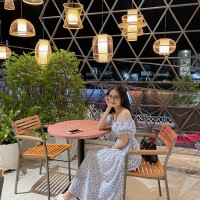
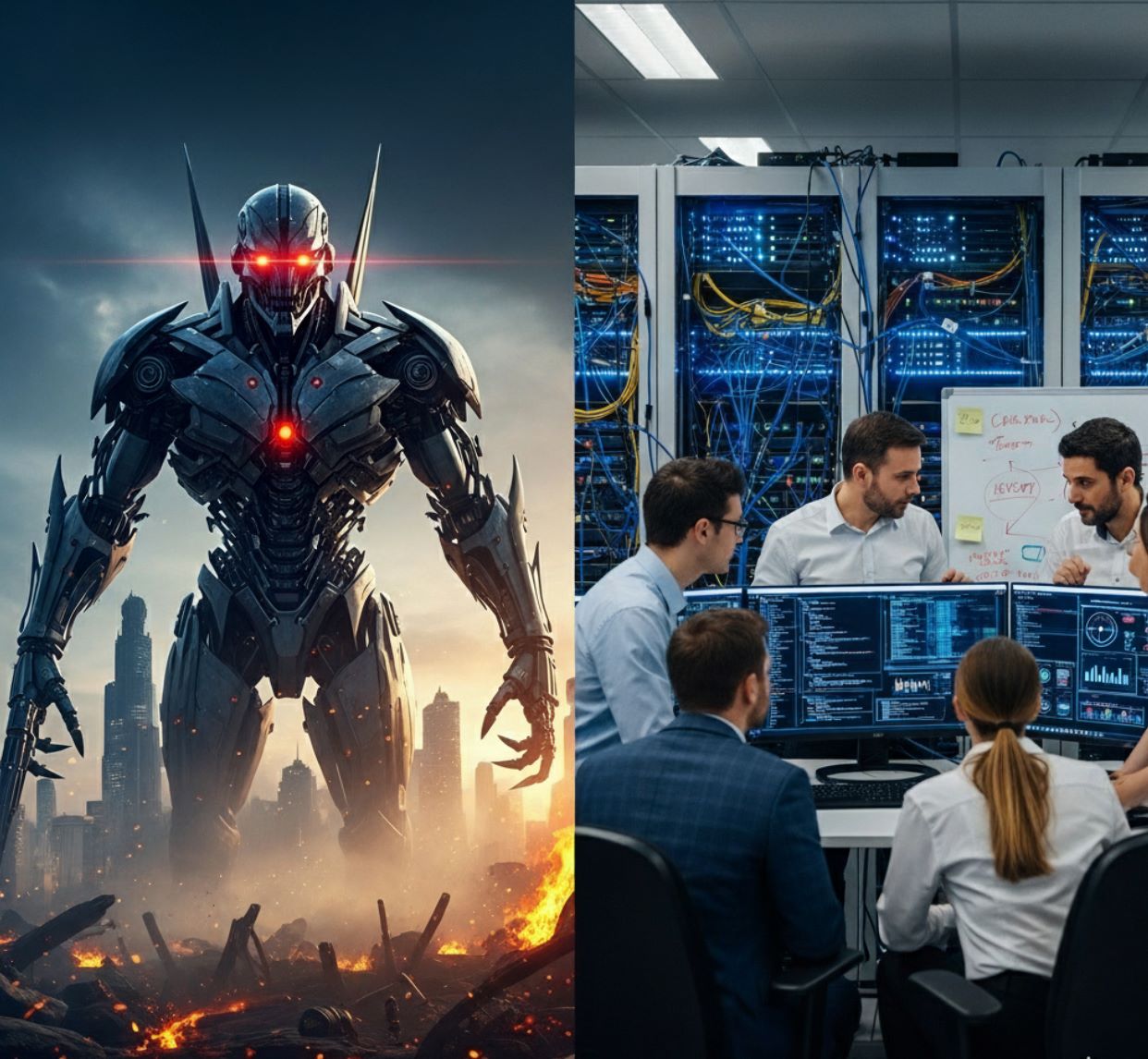
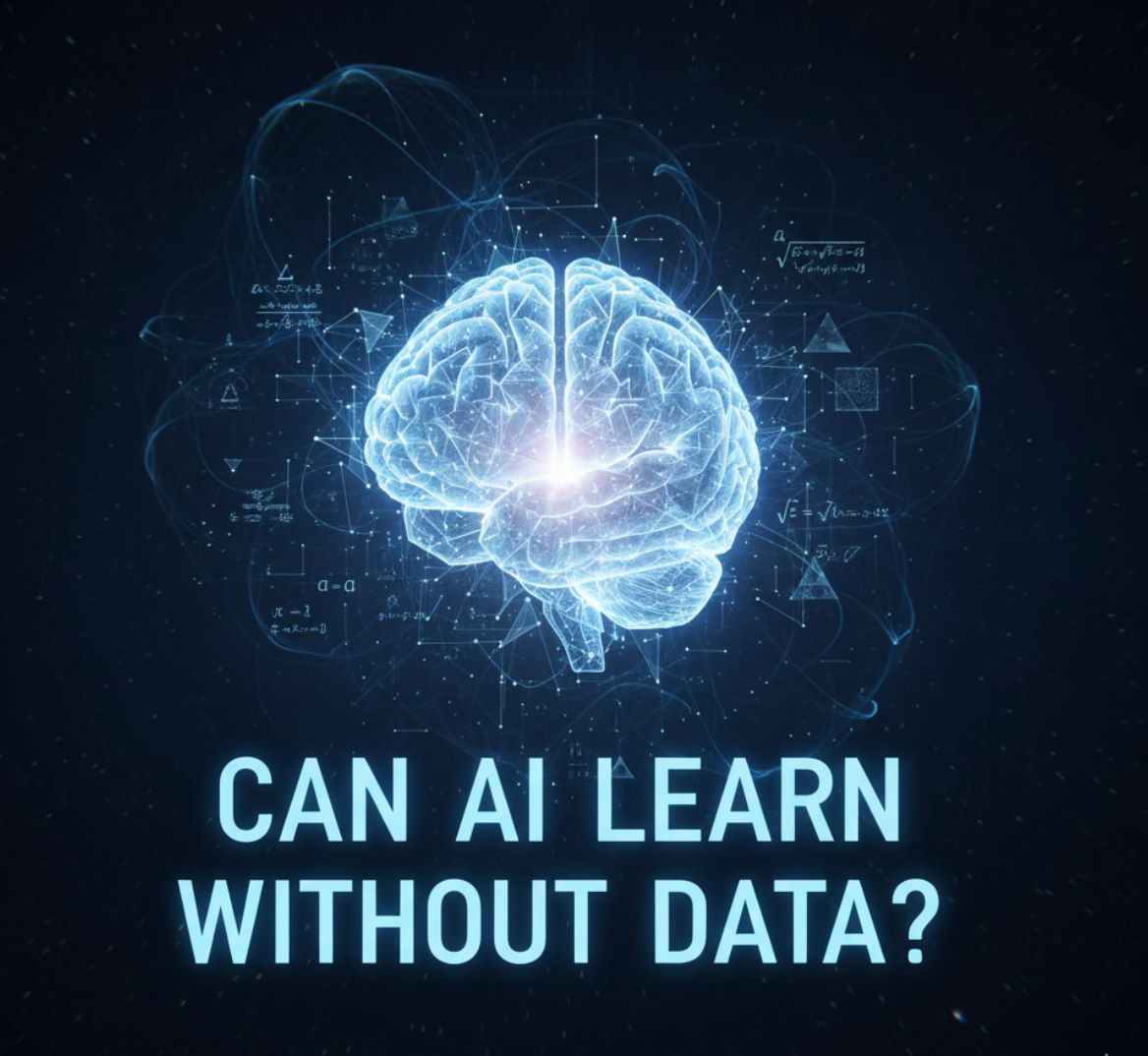
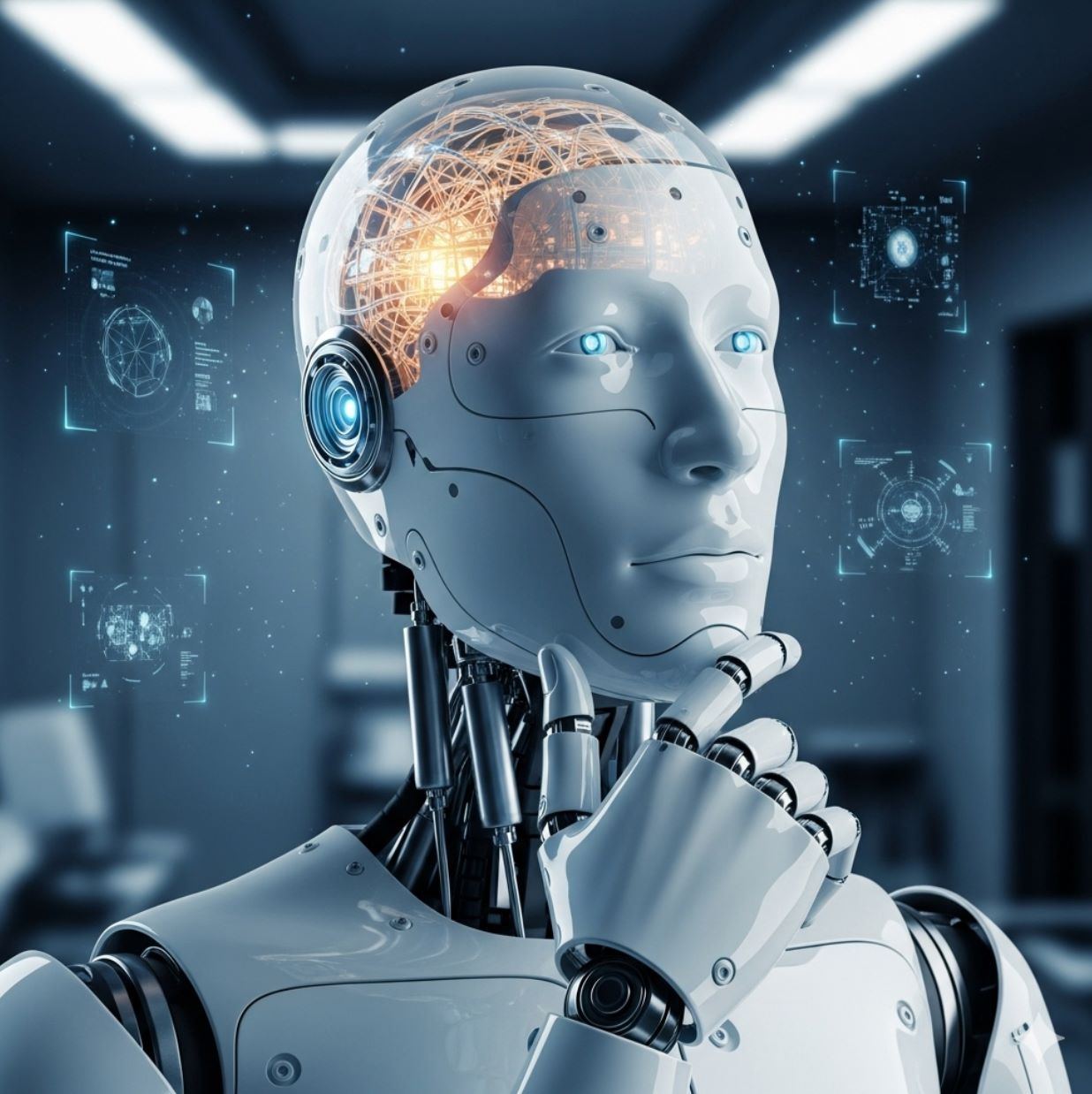

Comments 0
Leave a Comment
No comments yet. Be the first to comment!